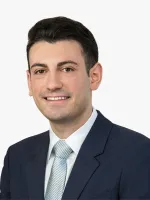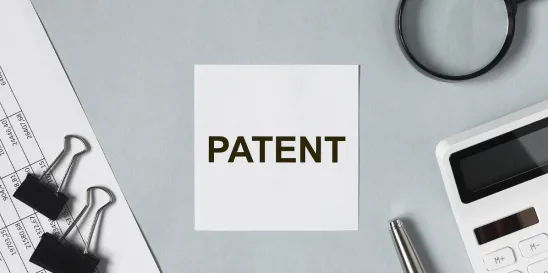The US Court of Appeals for the Federal Circuit affirmed a Patent Trial & Appeal Board obviousness-type double patenting rejection, finding that an unexpected mechanism of action does not render the known use of a known compound nonobvious. In re: Institut Pasteur, Case No. 22-1896 (Fed. Cir. Dec. 13, 2023) (Taranto, Clevenger, Stoll, JJ.) (nonprecedential).
Institut Pasteur filed a patent application directed to peptides derived from human basic proline-rich lacrimal protein and claimed, among other things, a method for treating pain comprising of administering 10 to 300 mg/day of the peptide for seven days. The examiner rejected the claims for obviousness-type double patenting over another patent application filed by Pasteur, which was directed to diagnostic and therapeutic uses of human basic proline-rich lacrimal protein and peptides derived therefrom.
Pasteur appealed to the Board, which affirmed the examiner’s rejection. Rather than appeal the Board’s decision to the Federal Circuit, Pasteur sought continued examination of the application and modified the claims to specify that the method of treatment was for human patients, was in a dose of 1 mg/kg to 2 mg/kg at 10 to 300 mg/day, and should not induce pharmacodependence or tolerance in the patient. The examiner rejected the amended claims for obviousness-type double patenting over the same application. On appeal, the Board issued another decision agreeing with the examiner. Pasteur appealed this decision.
Pasteur argued that the Board’s second decision was unsupported by substantial evidence because the Board applied a legally flawed prima facie obviousness analysis and disregarded the secondary indicia of nonobviousness presented in a declaration submitted by Catherine Rougeot, the named inventor of the application.
The Federal Circuit disagreed with Pasteur and affirmed the Board’s rejection. As for Pasteur’s argument that the Board disregarded the differences between the claims of the patent application and the claims of the other application, the Court noted that the Board “explained why each claim limitation was obvious in light of the [other application].” With respect to Pasteur’s argument that the Board improperly relied on inherency when finding one limitation of the filed application to be satisfied, the Court concluded that “[i]t is settled that inherency may supply a missing claim limitation in an obviousness analysis.”
As for Pasteur’s challenge to the Board’s consideration of the secondary indicia of nonobviousness presented in the Rougeot declaration, the Federal Circuit found that the Board’s analysis was supported by substantial evidence. The Court made clear that Pasteur failed to prove that the benefits claimed by the application were unexpected compared to the closest prior art since unexpected mechanisms of action do not ipso facto make the known use of known compounds nonobvious. The Court also noted that Federal Circuit precedent did not demand a finding of nonobviousness simply because one limitation was found to be satisfied through inherency. The Court was similarly unpersuaded by the long-felt need described in the Rougeot declaration because any need for the subject matter claimed by the patent application was already satisfied by the subject matter claimed by the other application.
Practice Note: This affirmance further indicates the Federal Circuit’s attitude toward obviousness-type double patenting when it might suspect that an applicant is seeking an improper timewise extension of a patent term. The Court’s decision here might serve as a prediction of how the upcoming In re: Cellect petition for en banc review will be resolved.




 />i
/>i
